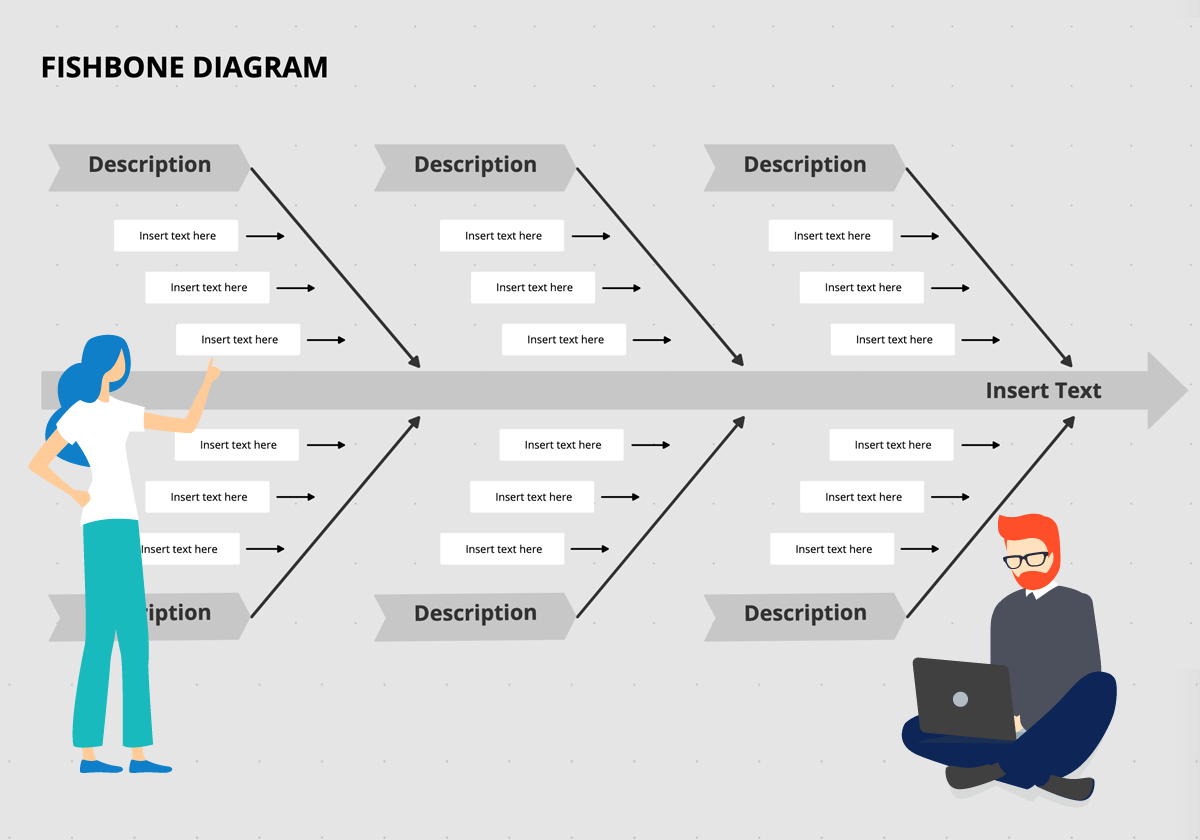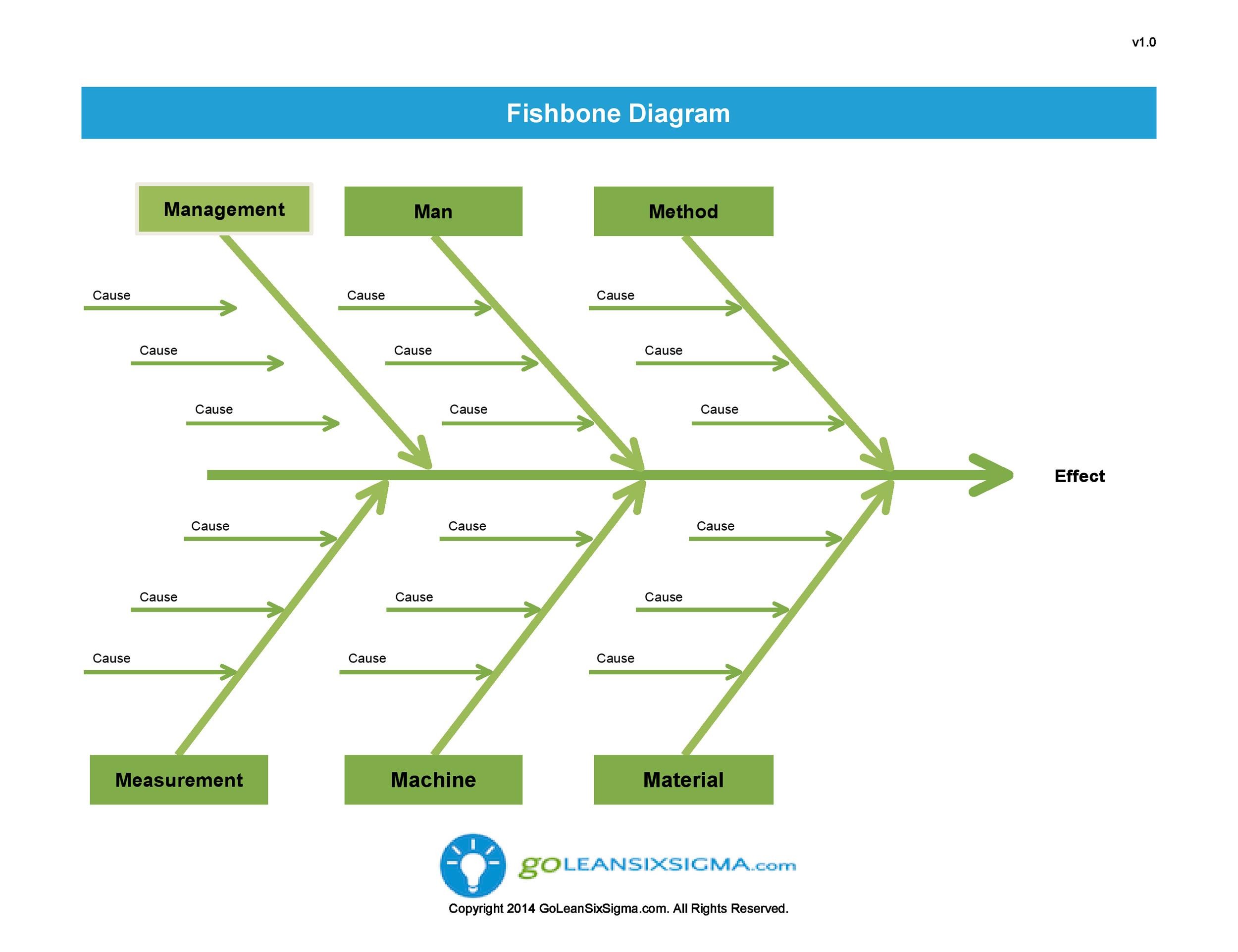


What is a fishbone diagram?Ī fishbone diagram, also known as Ishikawa diagram or cause and effect diagram, is a tool used to visualize all the potential causes of a problem in order to discover the root causes. A fishbone diagram may also be referred to as a cause and effect diagram, an Ishikawa diagram, Herringbone diagram or Ishikawa diagram. The only way to ensure this is to make use of a structured approach - and that’s where the fishbone diagram comes in. It’s important that you are able to determine the cause of such problems in a timely manner. These are often you most likely cause of a recurring issue and deserve the most attention.Problems can occur in any business, and may take many different forms. Identify which causes appear under multiple categories.By drilling down farther and farther you can eventually arrive at the root causes of the effect you are analyzing. Typically a cause is itself and effect of another cause. For each cause, ask yourself why the cause occurs.For each cause identified, determine which category it falls within and draw a “minor bone” or a line from the “major bone” of the category. Brainstorm on the causes that result in the effect that you are analyzing.Surroundings, Suppliers, Systems, Skills (the 4 S’s).Place, Procedure, People, Policies (the 4 P’s, often used for the service industry).Methods, Machines, Materials, Manpower, Mother Nature, Measurements (the 6 M’s, often used for the manufacturing industry).The point is you can use whatever categories you team feels is best. Some of the common categories are listed here. The categories are used to provide a framework for the brainstorming and documenting of causes. These categories can be whatever you think would work best, but are typically standardized from company to company or team to team. These “major bones” are used to define the categories of causes that are to be identified.


Each should start at the spine of the fish and slant away from the head of the fish. D raw 4-6 vertical lines extending above and below the spine of the fish.Draw a horizontal line for the spine of the fish and list the main issue/effect at the head of the fish.Identifying areas that may be good candidates for data collection/measurement and controls.Identifying the most likely cause of a particular problem.Identifying the possible root causes of a particular problem.For this reason, it is sometimes referred to as a cause and effect diagram. Kaoru Ishikawa, a Japanese quality control statistician, the fishbone diagram is a systematic way of looking at an effect and identifying and capturing the causes that contribute and result in that particular effect. A fishbone diagram is a problem-analysis tool that derives it’s name from it’s shape which resembles the skeleton of a fish.


 0 kommentar(er)
0 kommentar(er)
